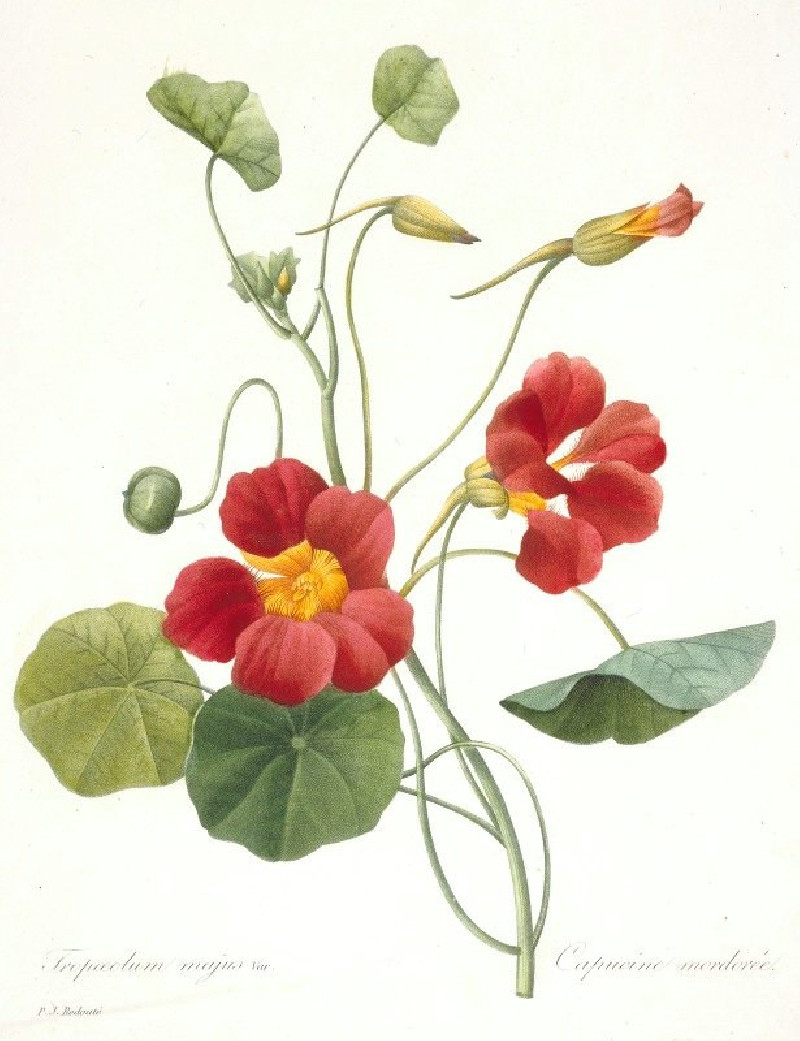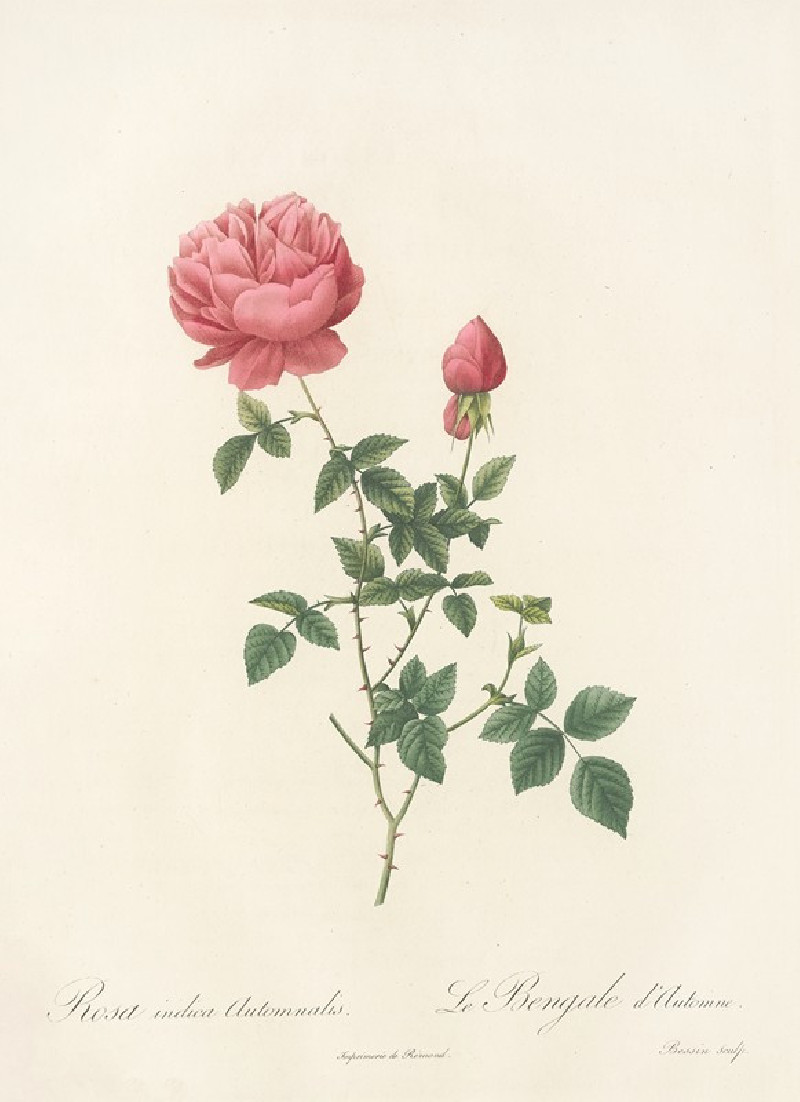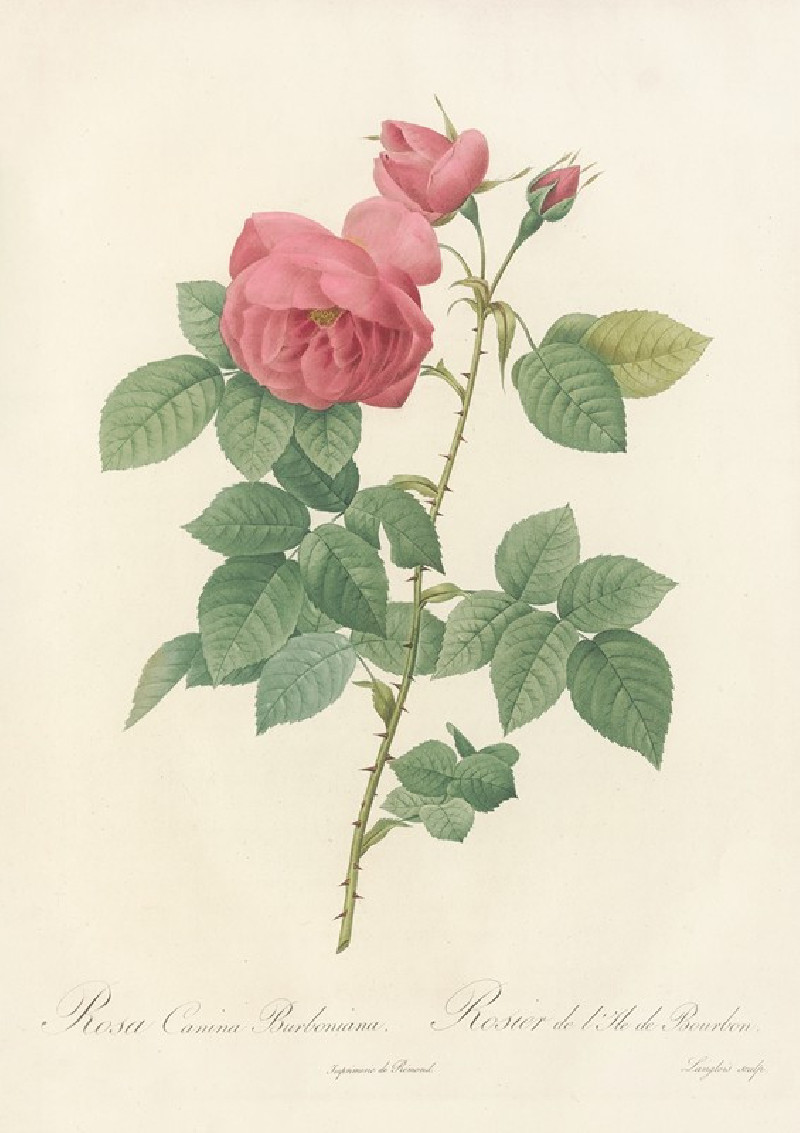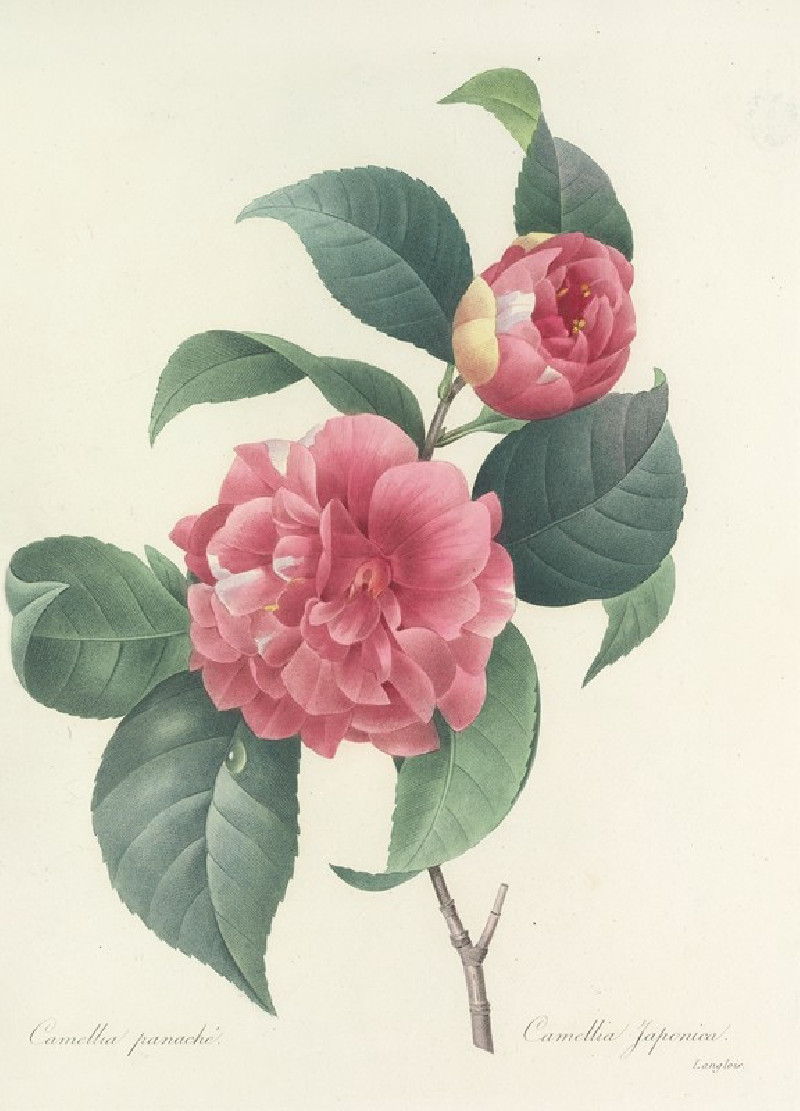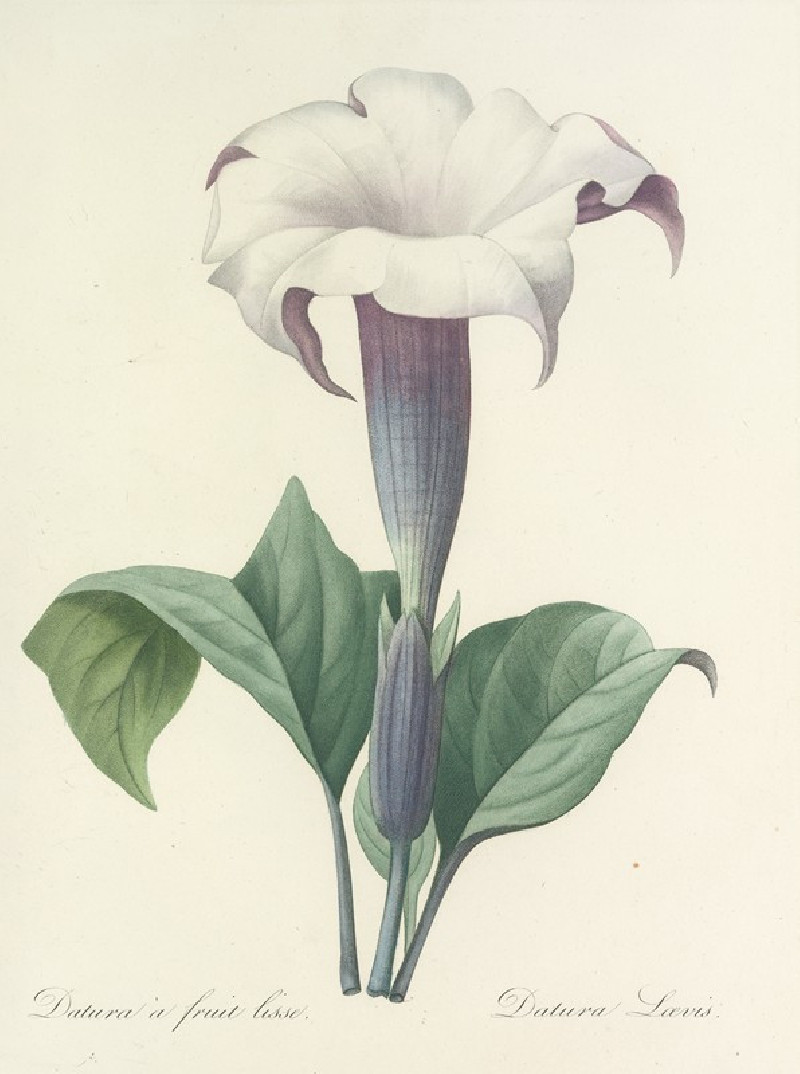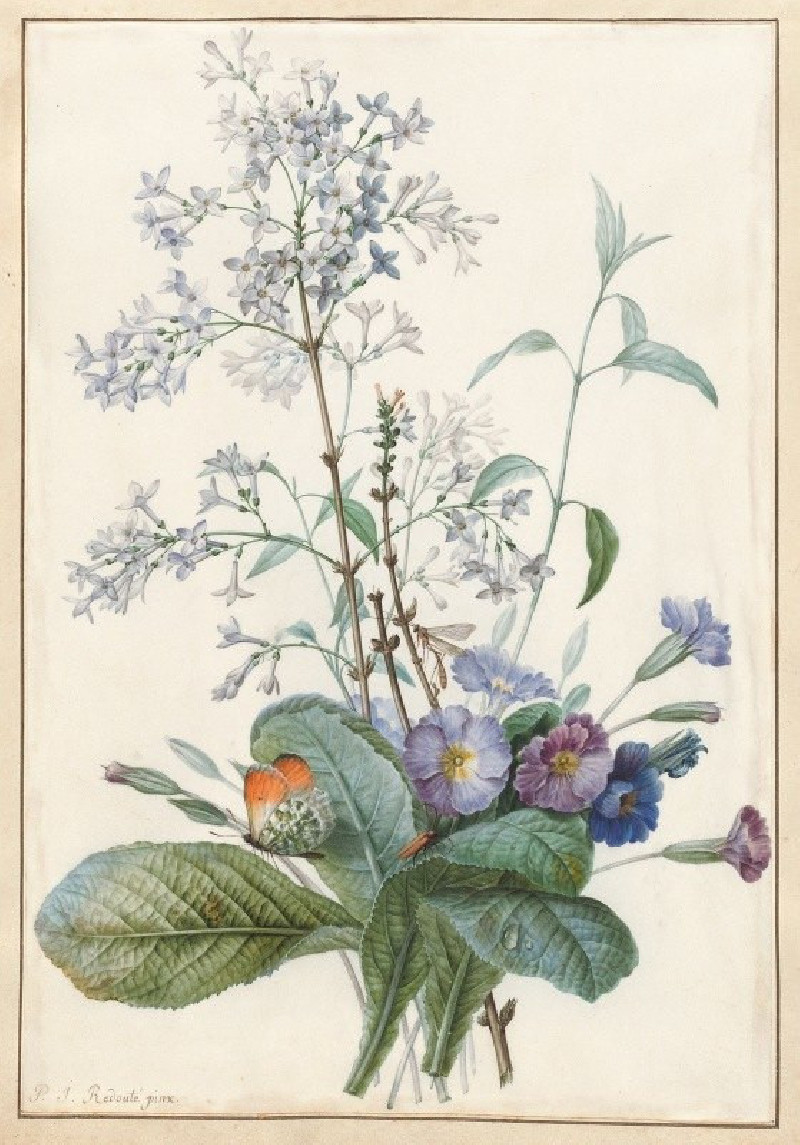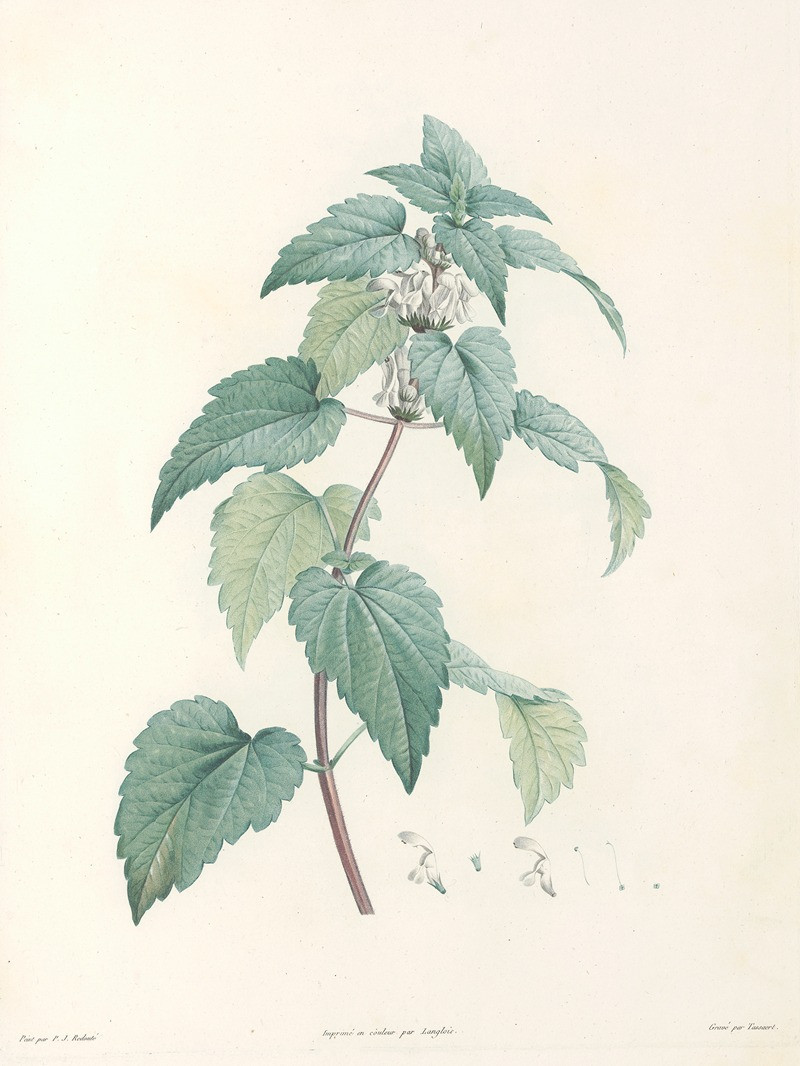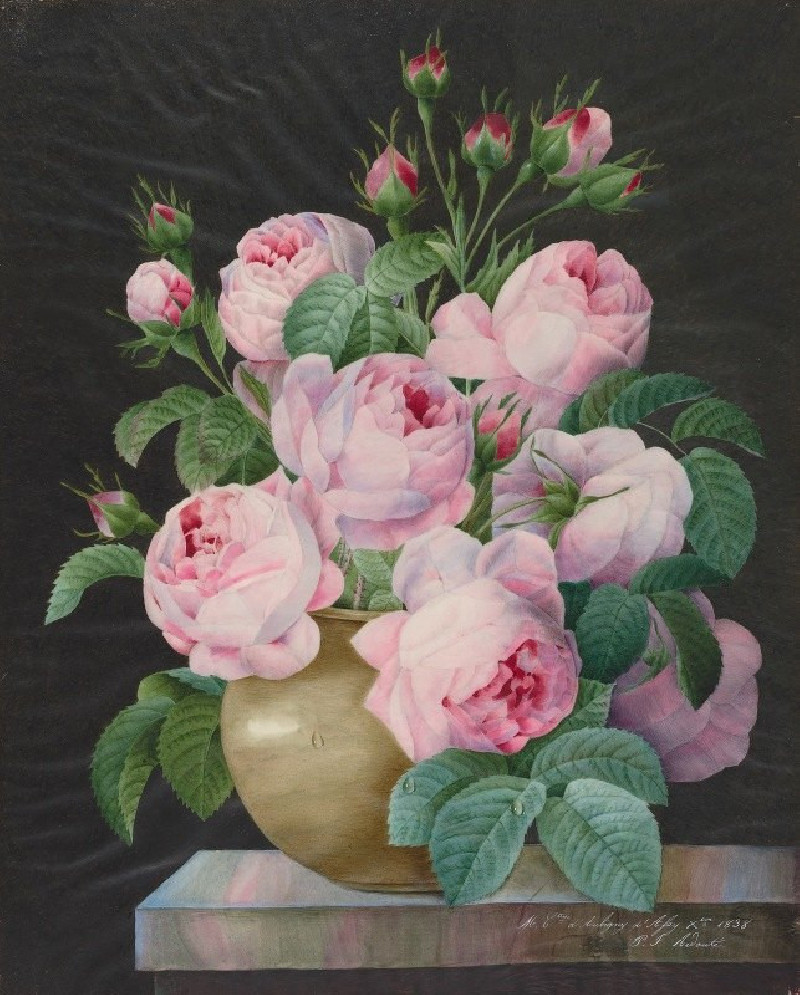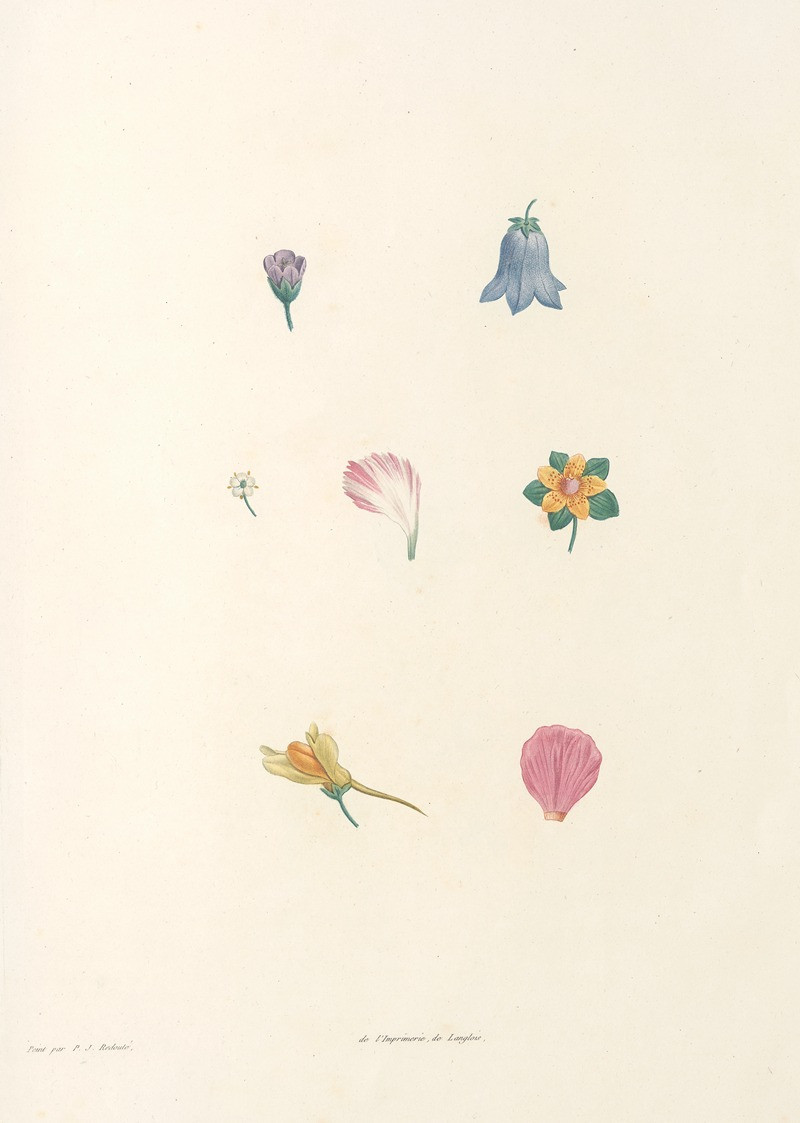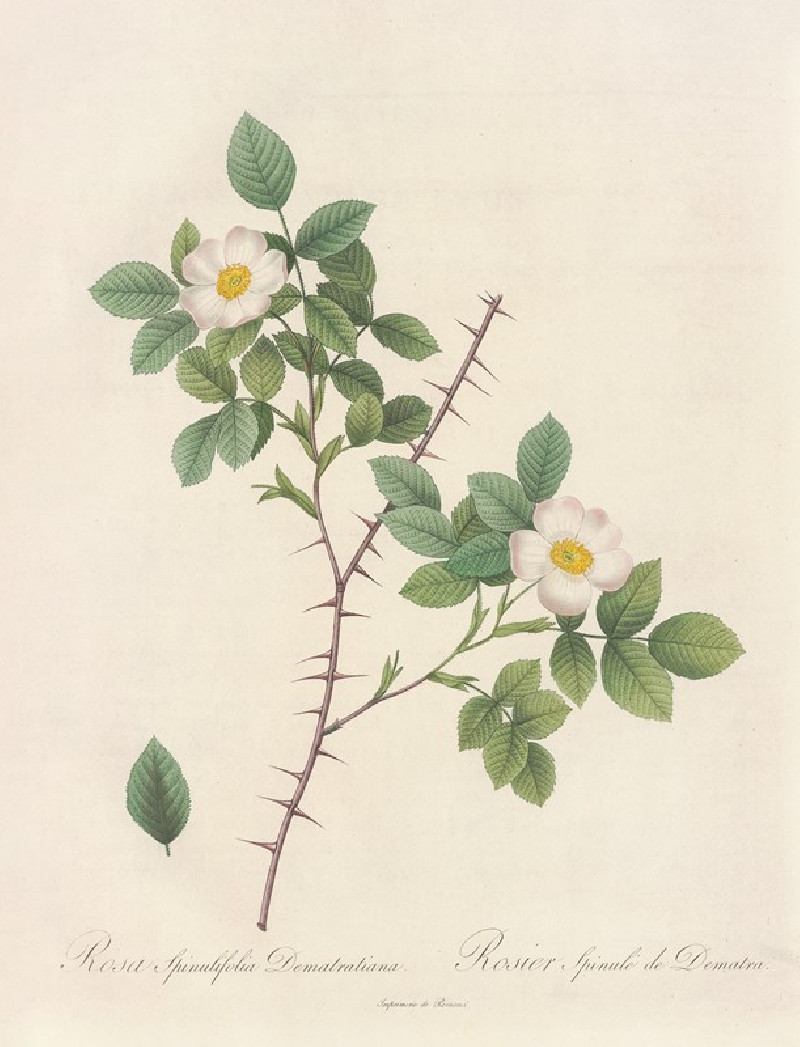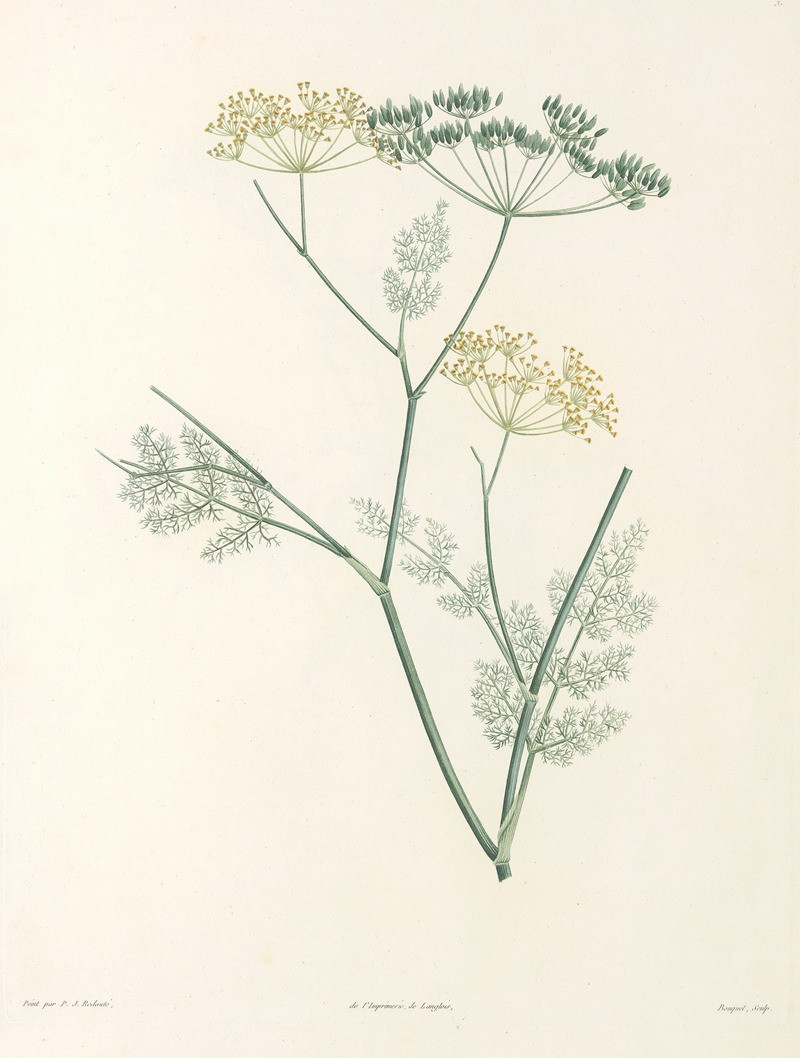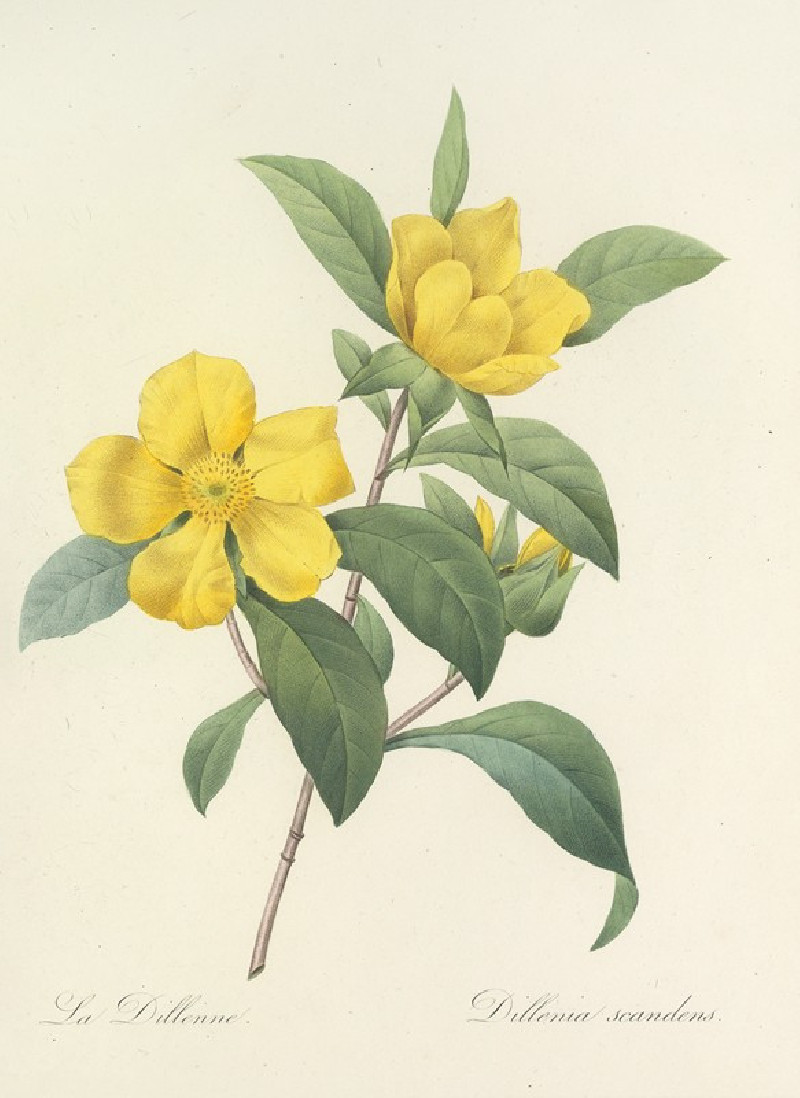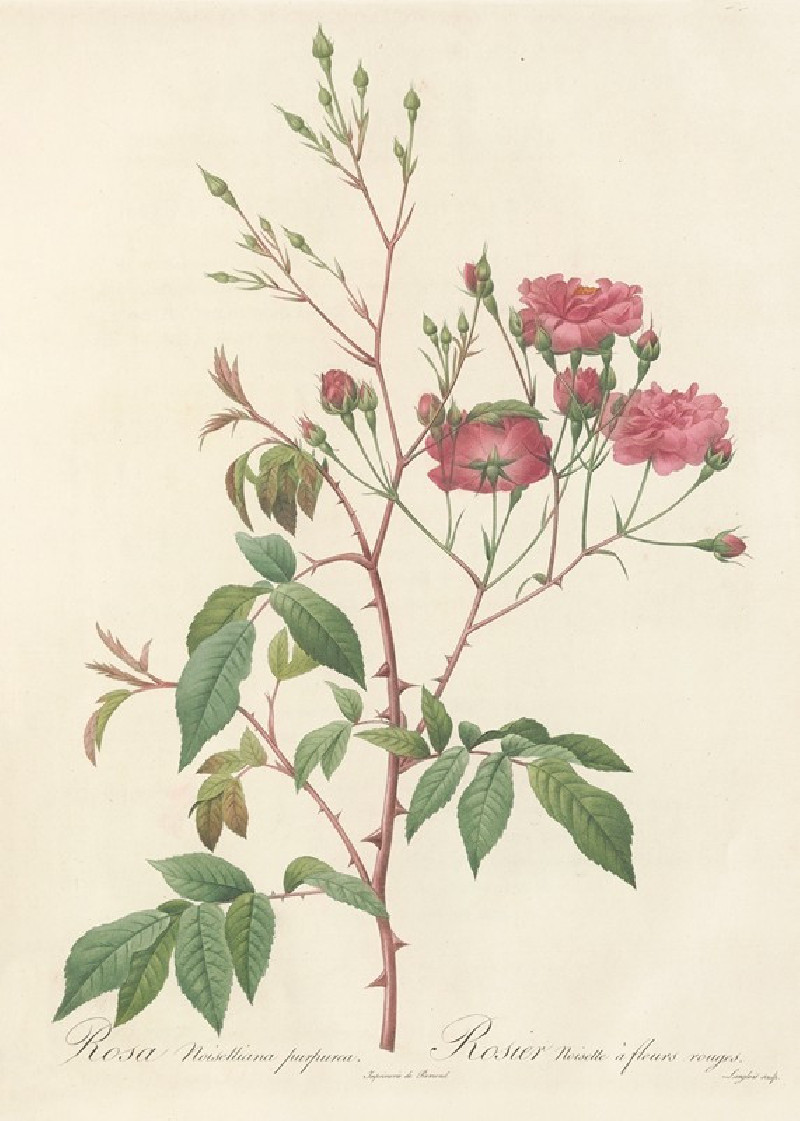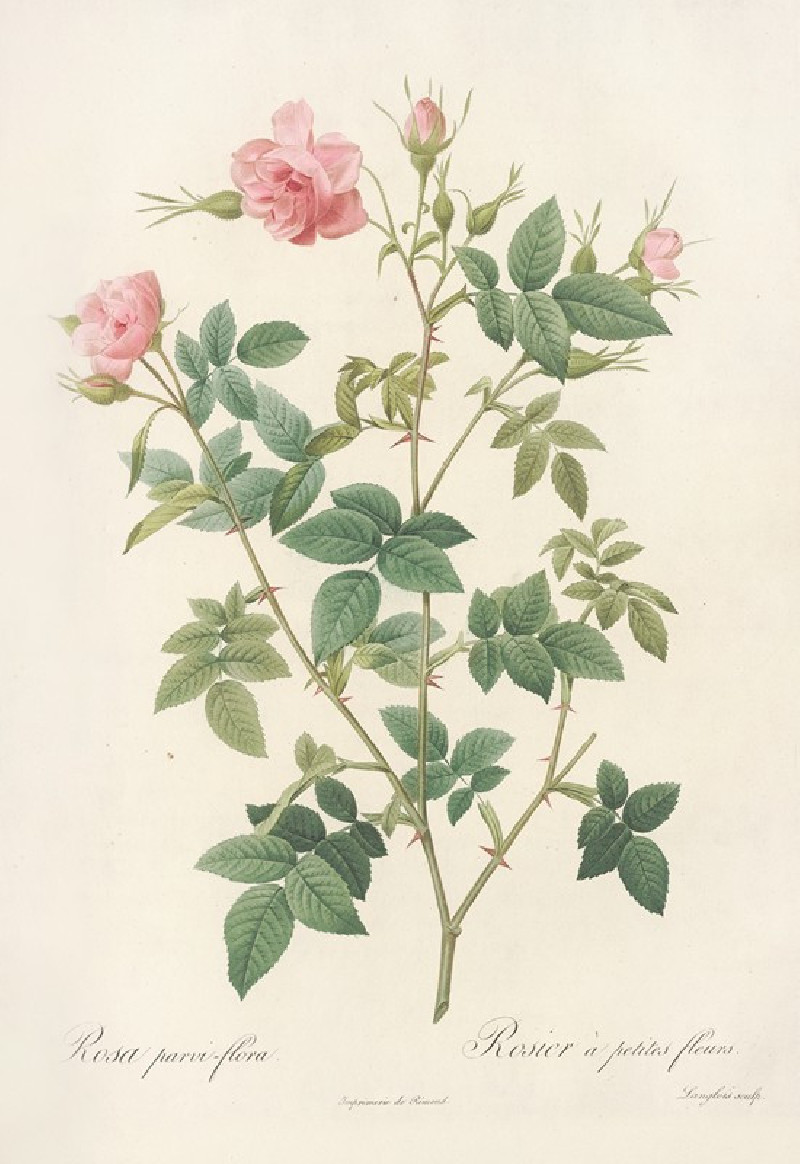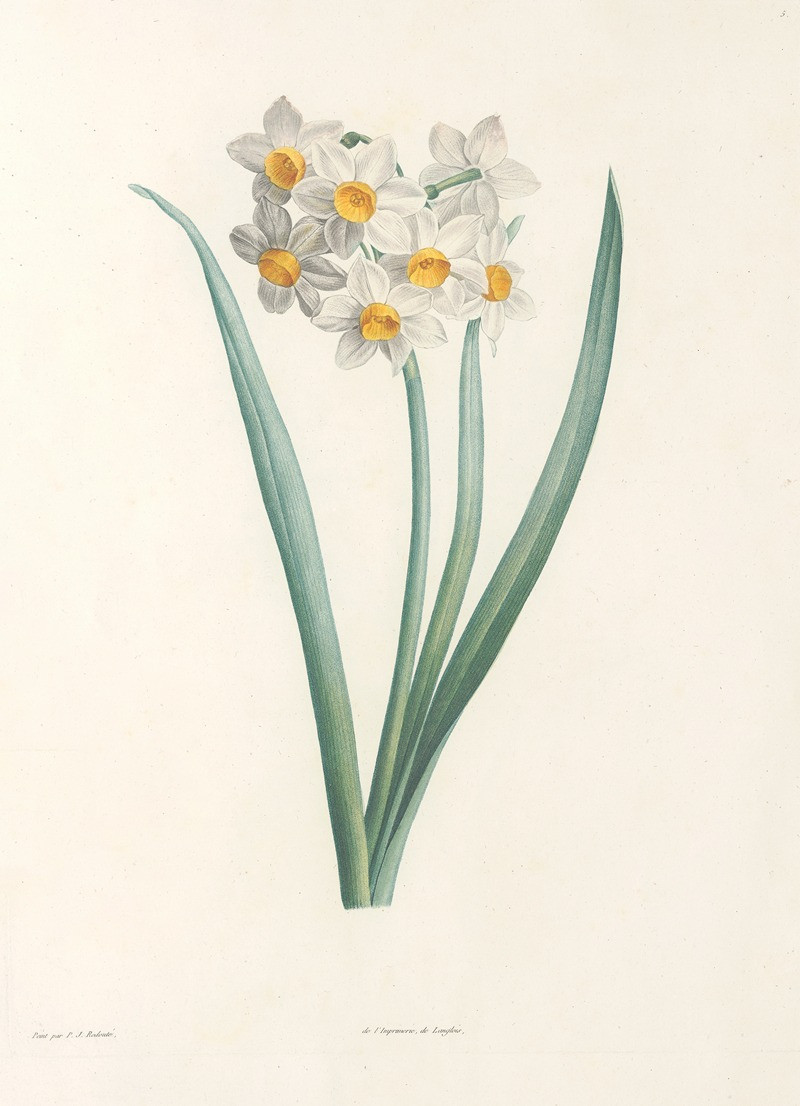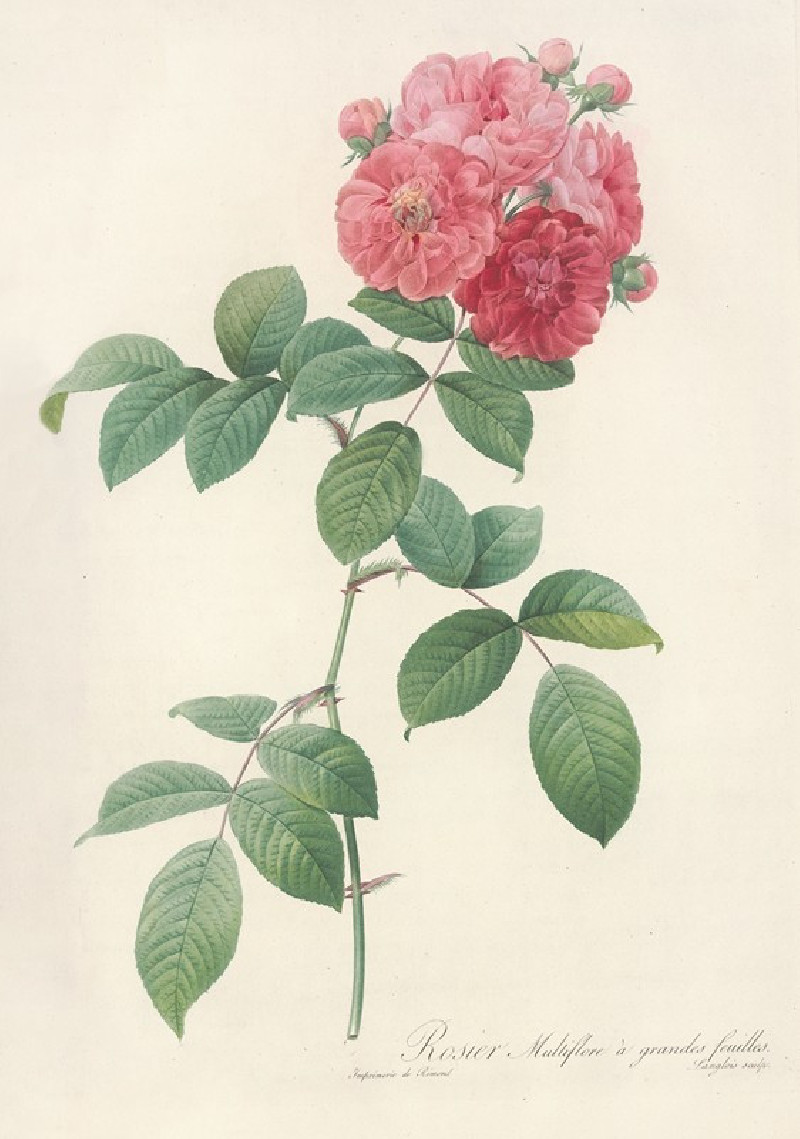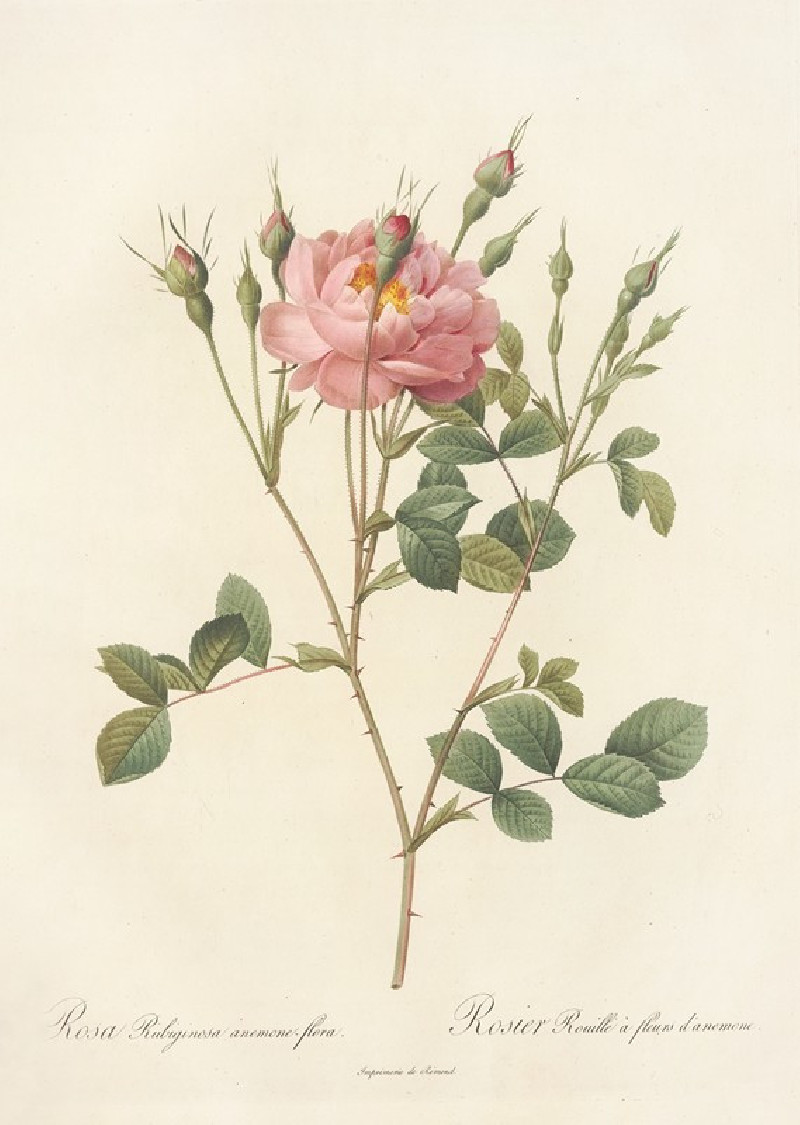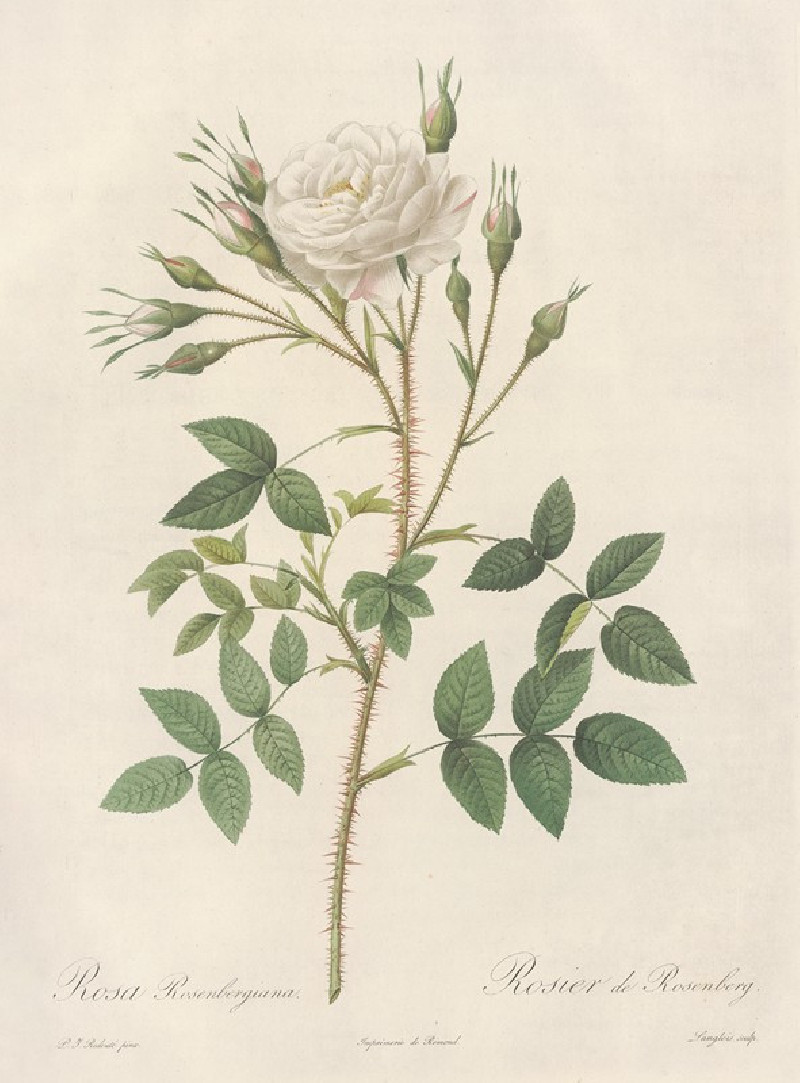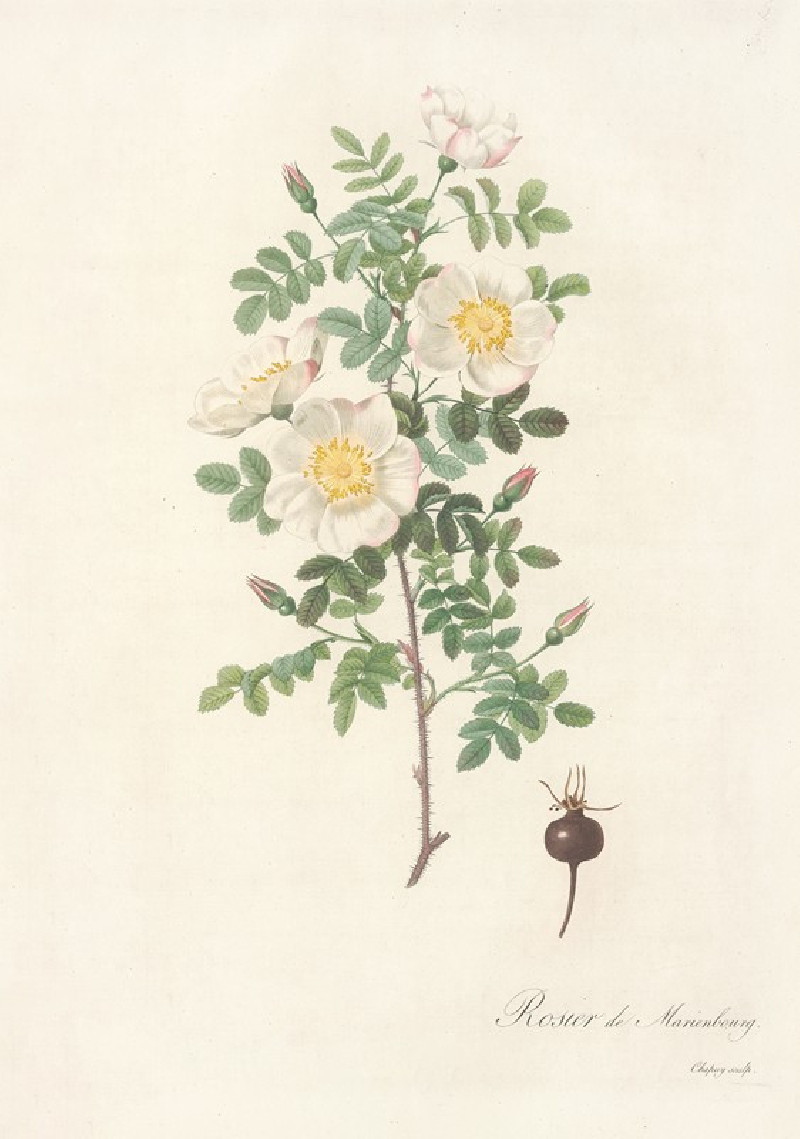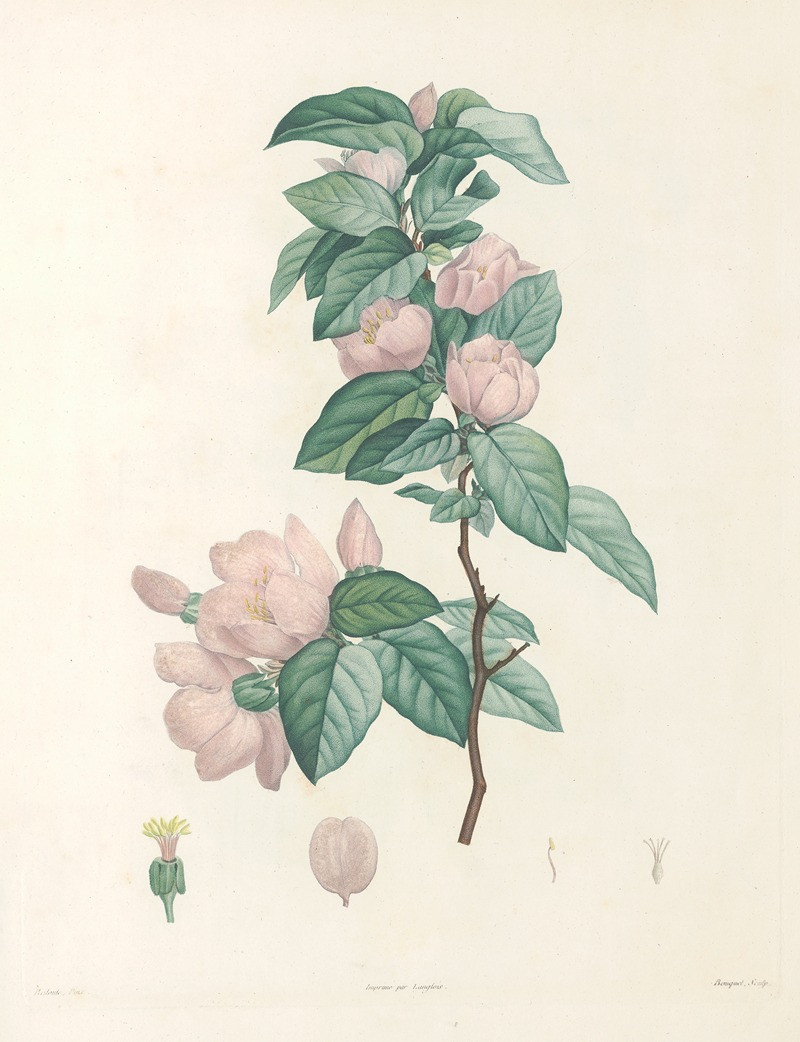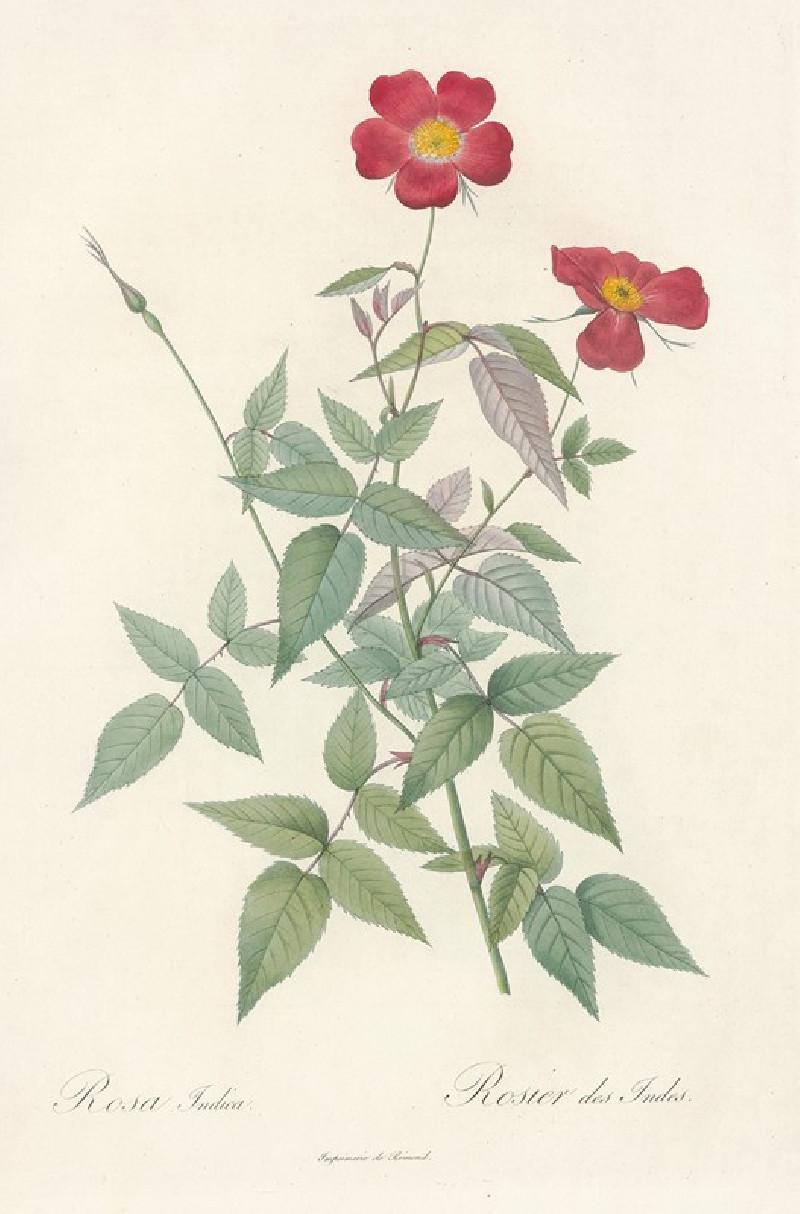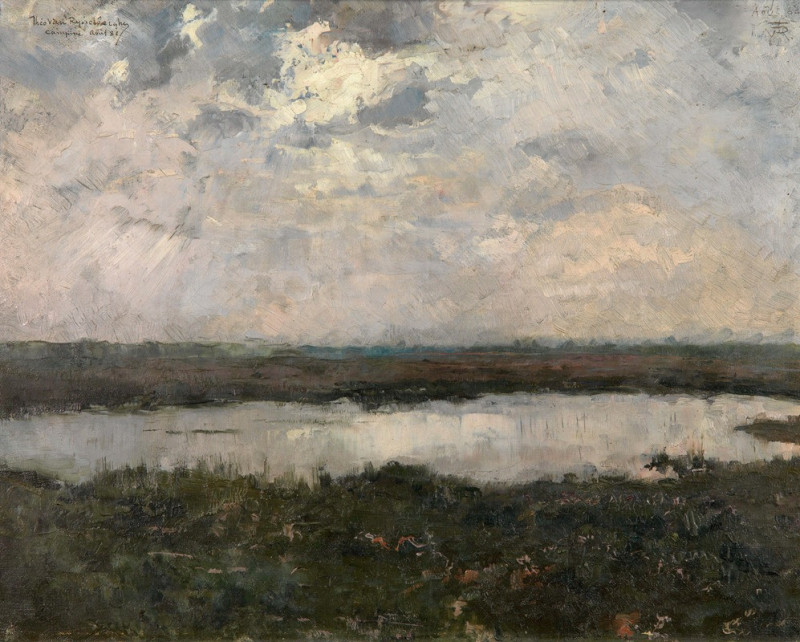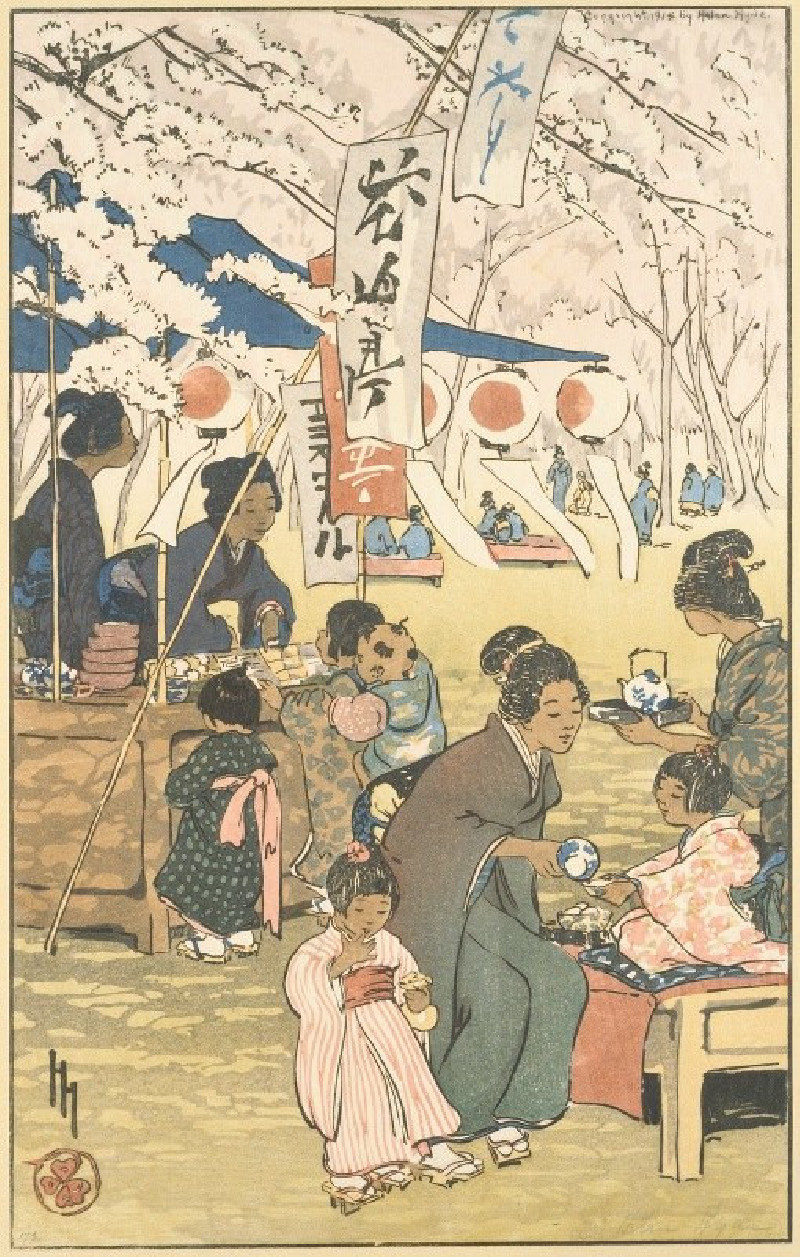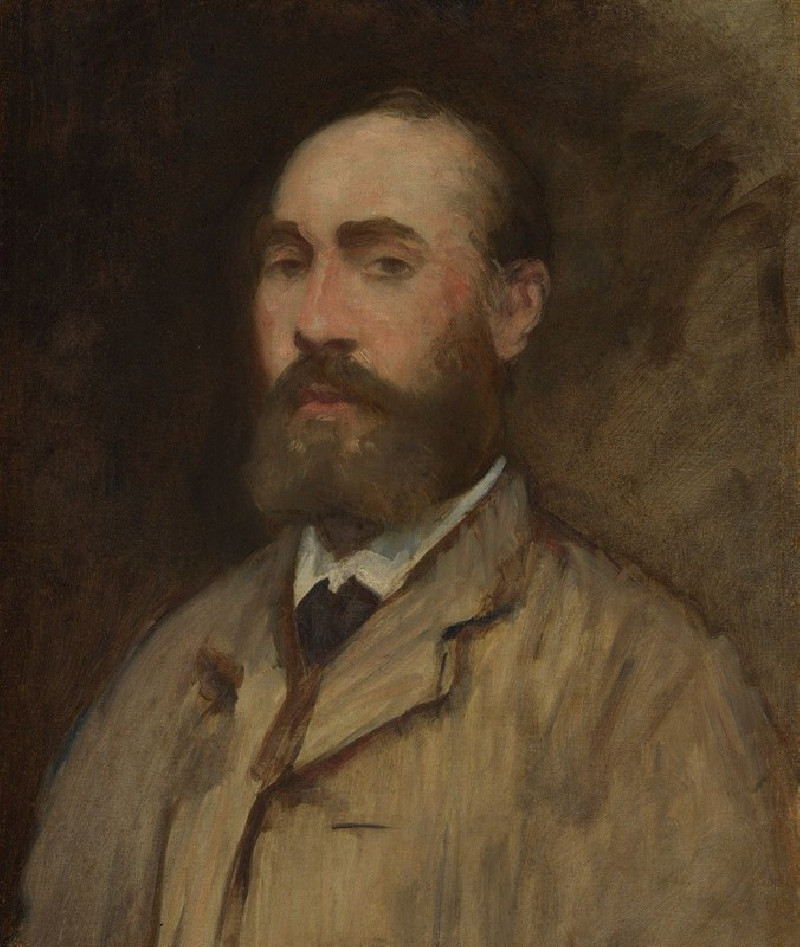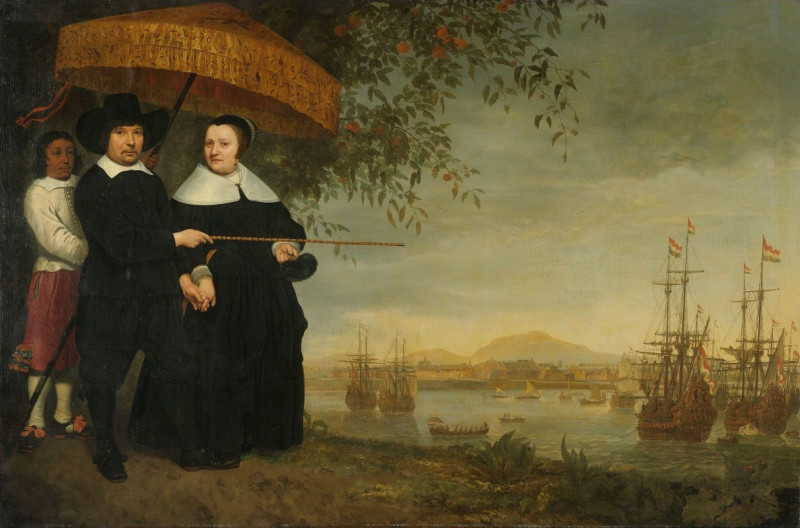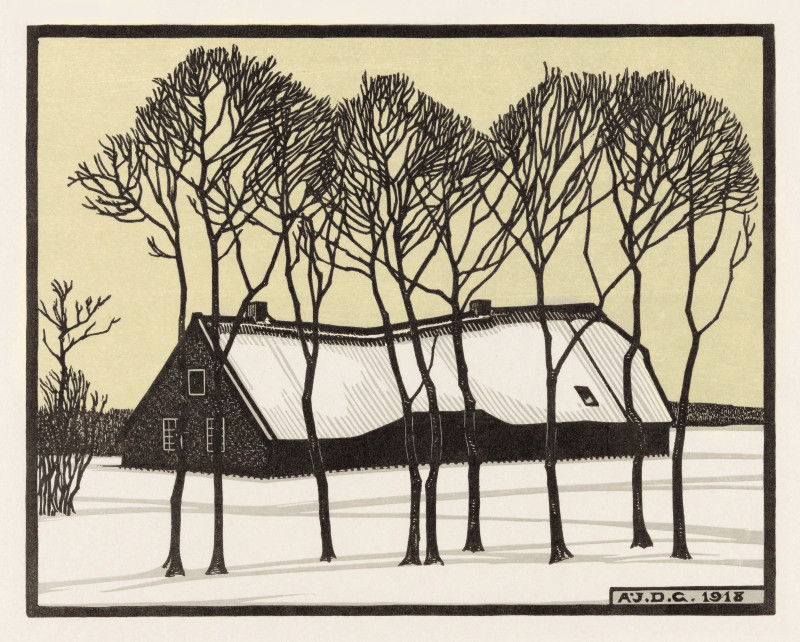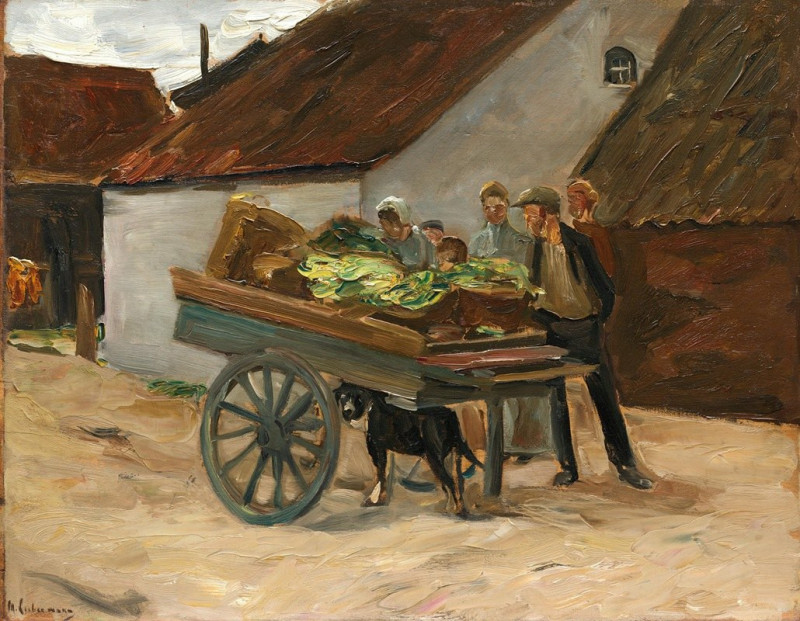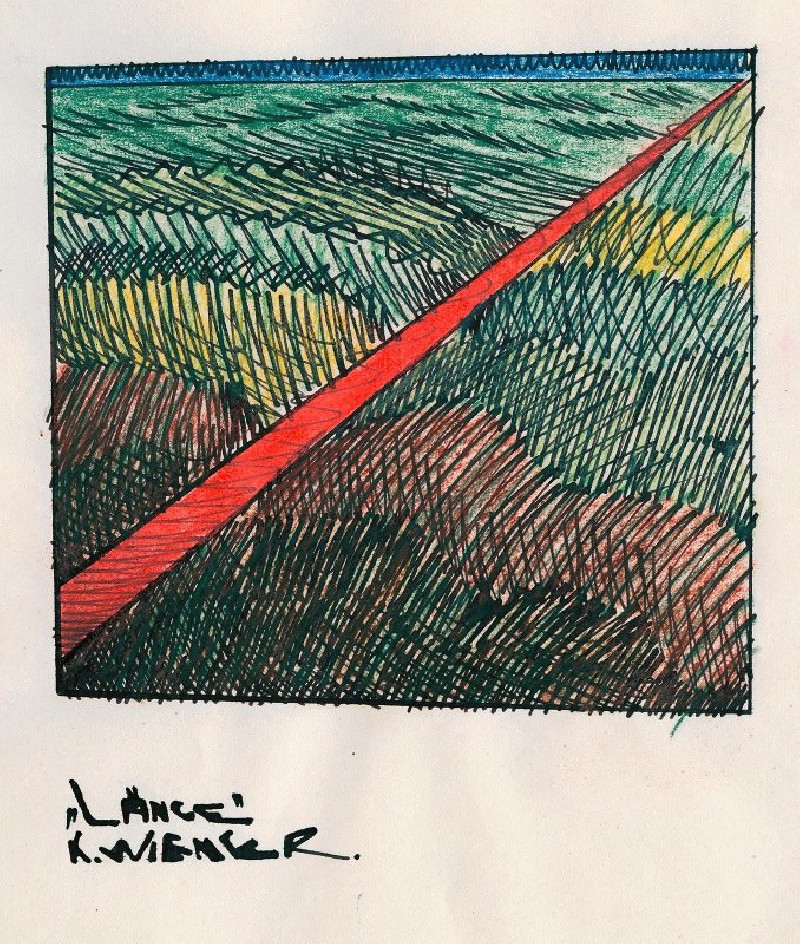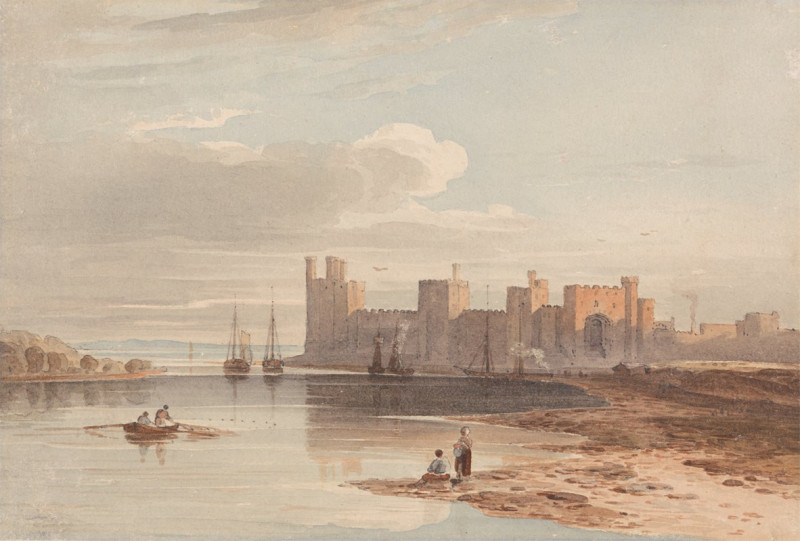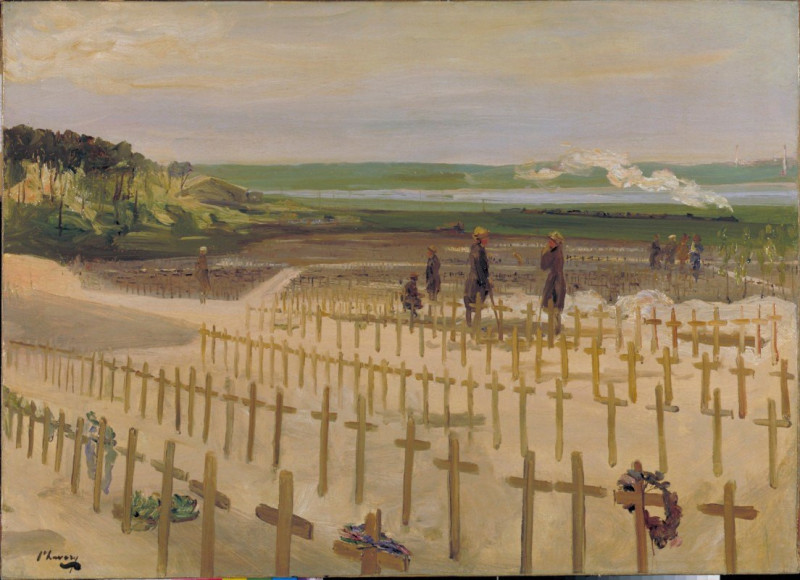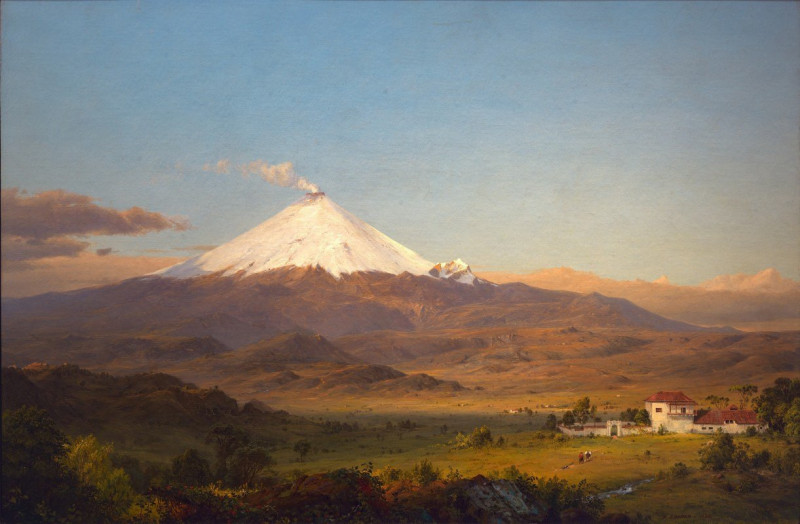Tropaeolum majus (Garden Nasturtium) (1827)
Technique: Giclée quality print
Recommended by our customers
More about this artwork
This exquisite piece, "Tropaeolum majus (Garden Nasturtium)," painted in 1827, is a botanical illustration by renowned artist Pierre Joseph Redouté. Renowned for his masterful botanical renderings, Redouté brings to life the vibrancy and detail of the garden nasturtium with remarkable clarity.The painting features several large, round leaves with a lush green color, from which emerges a series of stems weaving gracefully upward and outward. The contrast between the delicate leaves and the robust, twisting stems creates a dynamic visual flow. Adorned along these stems are blossoms of a rich, striking red with softer yellow throats, fully opened and presented in different orientations, offering a full perspective of their beauty. Additionally, buds poised to bloom and a young, spherical fruit add a touch of potential that speaks to the ongoing life cycle of the plant.Redouté's skill in depicting the subtlety of light and shadow grants the leaves and petals a three-dimensional quality, making the nasturtium almost tangible. This exacting attention to detail not only celebrates the beauty of nature but also serves a scientific purpose, as it provides a valuable botanical record of the species.
Delivery
Returns
Pierre-Joseph Redouté, was a painter and botanist from Belgium, known for his watercolours of roses, lilies and other flowers at Malmaison, many of which were published as large, color stipple engravings. He was nicknamed "the Raphael of flowers" and has been called the greatest botanical illustrator of all time.

